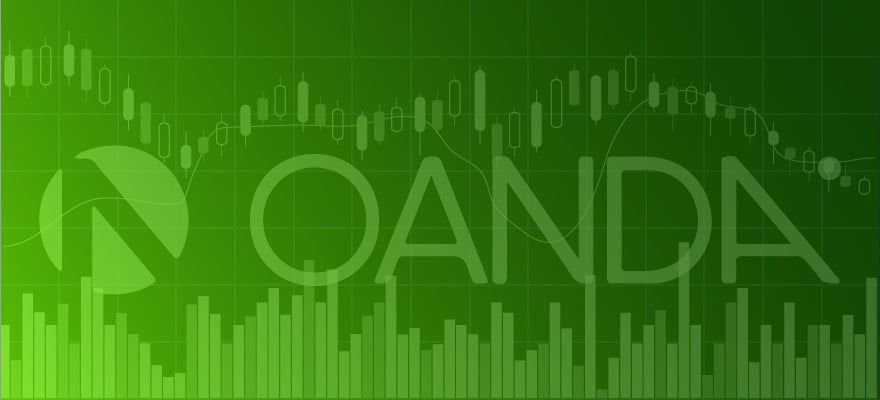For readers of this blog Gain Capital's acquisition of CMS Forex's retail forex business is old news, but it's always interesting to read the official statement:
GAIN Capital to Acquire the Retail Forex Business of Capital Market Services, LLC
NEW YORK and LONDON, October 19, 2010 – GAIN Capital Holdings, Inc., a global provider of online trading services specializing in foreign exchange (forex or FX) and contracts for difference (CFDs), has reached an agreement to acquire the retail forex business of Capital Market Services LLC (“CMS Forex”), pending regulatory approvals and other closing conditions.
GAIN Capital, through its regulated subsidiaries, agreed to purchase the retail customer accounts currently held at CMS Forex’s regulated subsidiaries in the United States, Bermuda, United Kingdom and Japan. The transfer of CMS Forex’s U.S. and Bermuda customers was completed on October 15, 2010. The transfer of the retail customer accounts of CMS Forex’s regulated subsidiaries in the United Kingdom and Japan is scheduled to be completed in the coming weeks, pending regulatory approval and other closing conditions.
CMS Forex will continue to offer FX Liquidity services to institutional clients worldwide and act as an introducing broker of retail business to GAIN Capital.
“We are pleased to be in a position to offer CMS Forex’s retail customers around the world the ability to continue trading forex with an established, well capitalized firm,” said Glenn Stevens, CEO, GAIN Capital. “Our goal is to provide these traders with uninterrupted service, and we will work closely with CMS Forex’s team to ensure a smooth transition of their customer’s accounts and assets to our retail division, FOREX.com. We are confident that CMS Forex’s customers will be satisfied with the robust offering available at FOREX.com, including our industry leading trading tools, research and educational resources, as well as our focus on providing superior customer service.”
“When we made the strategic decision to exit the retail FX market, our major priority was to find our customers the opportunity to trade with a firm equally committed to providing superior technology offerings, educational resources and customer service,” commented Eugene Hawkin, president and COO of CMS Forex. “Having engaged in discussions with a number of firms, we felt that GAIN Capital would provide our customers with the quality of tools and services they have received during their time with CMS Forex.”
The acquisition highlights GAIN Capital’s strategy of pursuing attractive acquisition and alliance opportunities and will represent its second acquisition this year. On September 13, GAIN Capital announced that it had acquired approximately 4,000 customer accounts of MG Financial, as a result of MG Financial’s decision to exit the retail forex industry and cease operations.
Raymond James & Associates, Inc. served as the exclusive financial advisor to CMS Forex in this transaction.
About CMS Forex
CMS Forex was founded in 1999 by professional Forex traders, Forex brokers and software developers. Since its inception, CMS Forex has identified traders' needs and built its core Trading Platform , VT Trader™, to accommodate its loyal client base. CMS Forex is a leading provider of foreign exchange (FX) trading and related services to clients in approximately 170 countries. The Company serves institutional accounts and offers a diverse array of trading platforms combined with unmatched execution and customer services to facilitate direct access to the global FX markets.
CMS Forex and its affiliated group of companies are headquartered in New York City, London, Tokyo and Hamilton, Bermuda with representative offices in Boston, Shanghai, and St. Petersburg, Russia. The group holds registrations with the Commodity Futures Trading Commission (CFTC) in the United States, the Financial Services Authority (FSA) in the United Kingdom, the Financial Services Authority (FSA) in Japan, the Bermuda Monetary Authority (BMA) in Bermuda.
About GAIN Capital
GAIN Capital Holdings, Inc. is a global provider of online trading services, specializing in foreign exchange (forex or FX) and contracts for difference (CFDs). Customers and trading partners in more than 140 countries have utilized the company’s award-winning trading platform which transacts nearly $250 billion per month.*
A pioneer in online forex trading, GAIN Capital provides execution, clearing, custody and technology products and services to an institutional client base including asset managers, broker/dealers and other financial services firms. GAIN also operates FOREX.com, one of the largest and best-known brands in the retail forex industry.
With offices in New York City; Bedminster, New Jersey; London; Sydney; Hong Kong; Tokyo and Seoul. GAIN Capital and its affiliates are regulated by the Commodity Futures Trading Commission (CFTC) in the United States, the Financial Services Authority (FSA) in the United Kingdom, the Financial Services Authority (FSA) in Japan, the Securities and Futures Commission (SFC) in Hong Kong, and the Australian Securities and Investments Commission (ASIC) in Australia.
GAIN's investor group includes private equity firms 3i, VantagePoint Venture Partners, Tudor Ventures, Edison Venture Fund and Cross Atlantic Capital Partners.
For company information, visit www.gaincapital.com or www.forex.com.
*Includes customer trades, rollovers, and counterparty transactions.
# # #
VT Trader is a trademark of CMS Forex. All other trade names are the property of their respective owners.


















